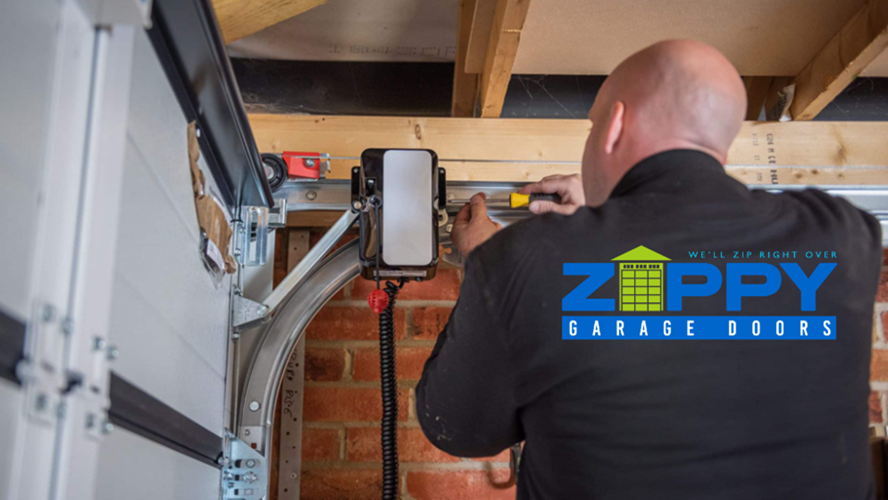Garage door cables are designed to lift and lower heavy garage doors, supporting and balancing the system. Although they are robust, they gradually deteriorate, losing tension, fraying, and eventually breaking. If a cable breaks or snaps, it’s unsafe to attempt a DIY repair. Keep reading to understand how these cables function and how to address a broken or damaged one safely.
Garage door cables aren’t universally compatible; they vary based on the type of springs in use. The primary cable types are lift cables, which work with torsion springs, and retaining cables, typical for doors with extension springs. Lift cables attach to the bottom door corner and link to the torsion springs, aiding system balance. On the other hand, retaining cables run vertically on each side, preventing springs from causing damage if they break
Cable failures stem mainly from wear and tear but can also result from moisture, corrosion, faulty pulleys, or misaligned tracks. If you notice a snapped or frayed cable, refrain from operating your garage door to prevent further damage.
Detecting a broken cable isn’t always obvious. Look for signs like uneven lifting, increased speed, crooked movement, unusual sounds, or difficulty in manual operation. For safety reasons, engage a professional repair service rather than attempting a risky DIY repair.
Regularly replacing aging parts, including cables, benefits the overall performance and longevity of your garage door system. It reduces strain on the opener and ensures smoother operation, ultimately saving you from potential costly repairs and safety hazards.

